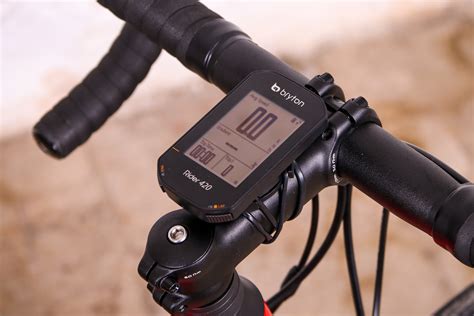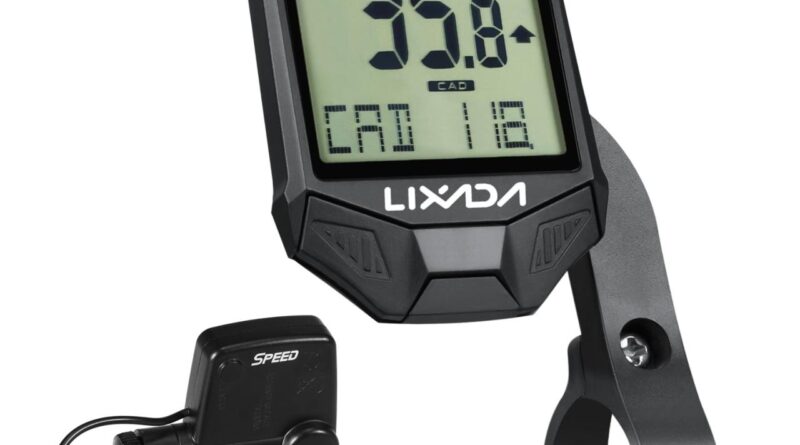Cycling Computers For Bicycles: A Comprehensive Guide
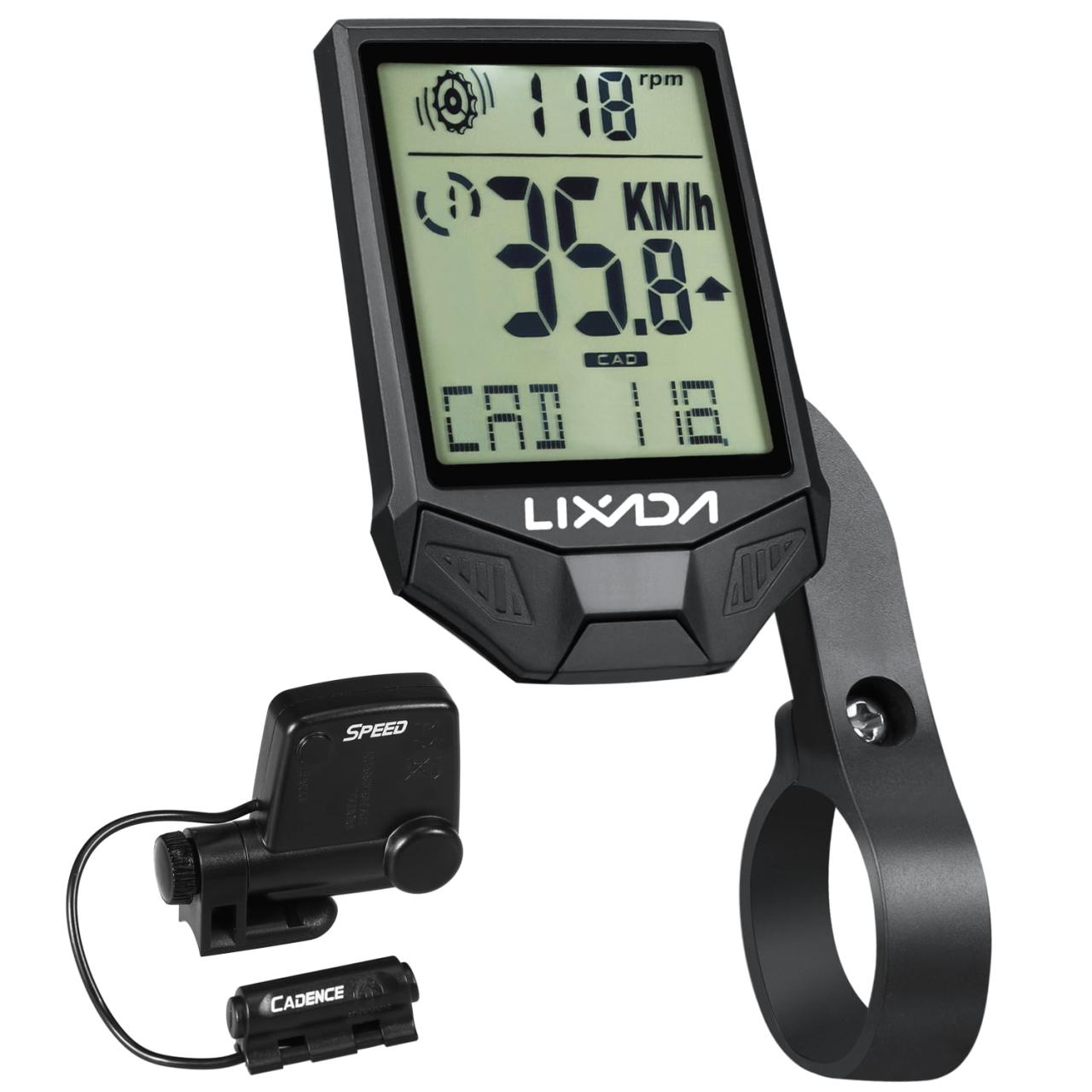
Cycling Computers for Bicycles: A Comprehensive Guide
Cycling computers have become an indispensable tool for cyclists of all levels, providing a wealth of data to enhance training, navigation, and overall riding experience. From basic models that track speed and distance to advanced devices with GPS capabilities and smartphone integration, there’s a cycling computer for every need and budget.
Types of Cycling Computers
Basic Cycling Computers:
These entry-level devices typically display basic metrics such as speed, distance, and time. They are easy to install and use, making them suitable for casual cyclists and beginners.
Mid-Range Cycling Computers:
Mid-range cycling computers offer more advanced features, including altitude tracking, cadence monitoring, and heart rate monitoring. They also often have larger displays and more customizable settings.
High-End Cycling Computers:
High-end cycling computers are packed with features, including GPS navigation, smartphone integration, and performance analysis tools. They are designed for serious cyclists who want to track their progress and improve their performance.
Features to Consider
When choosing a cycling computer, consider the following features:
Display: Look for a display that is easy to read, even in bright sunlight. Larger displays provide more information at a glance.
Metrics: Determine which metrics are important to you. Basic models track speed, distance, and time, while more advanced devices offer additional metrics such as altitude, cadence, and heart rate.
GPS: GPS-enabled cycling computers allow you to track your route, navigate to destinations, and view your progress on a map.
Smartphone Integration: Some cycling computers can connect to your smartphone via Bluetooth or ANT+, allowing you to control the device, receive notifications, and upload your data to training apps.
Battery Life: Battery life is an important consideration, especially for long rides. Look for a cycling computer with a long battery life or one that can be easily recharged.
Installation and Setup
Installing and setting up a cycling computer is typically straightforward. Most devices come with detailed instructions and mounting hardware.
Mounting: Cycling computers can be mounted on the handlebars, stem, or head tube of your bike. Choose a location that is easy to see and access while riding.
Sensor Pairing: If your cycling computer has sensors for cadence, heart rate, or speed, you will need to pair them with the device. Follow the instructions provided with the sensors.
Calibration: Some cycling computers require calibration to ensure accurate readings. This typically involves setting the wheel circumference and entering your personal data.
Using a Cycling Computer
Once your cycling computer is installed and set up, you can start using it to track your rides.
Basic Operation: Most cycling computers have a simple interface with buttons or a touchscreen. Use the buttons to navigate through the menus and select the metrics you want to display.
GPS Navigation: If your cycling computer has GPS capabilities, you can use it to navigate to destinations. Enter the address or coordinates of your destination, and the device will provide turn-by-turn directions.
Training Features: Some cycling computers offer training features such as interval timers, workout plans, and performance analysis tools. These features can help you improve your fitness and achieve your cycling goals.
Benefits of Using a Cycling Computer
Cycling computers offer numerous benefits for cyclists of all levels:
Tracking Progress: Cycling computers allow you to track your speed, distance, and other metrics, which can help you monitor your progress and identify areas for improvement.
Navigation: GPS-enabled cycling computers make it easy to navigate to destinations, explore new routes, and find your way back home.
Training: Cycling computers with training features can help you plan and track your workouts, improve your fitness, and achieve your cycling goals.
Safety: Some cycling computers have safety features such as crash detection and emergency contacts. These features can provide peace of mind and help you stay safe while riding.
Conclusion
Cycling computers are a valuable tool for cyclists of all levels. Whether you’re a casual rider looking to track your progress or a serious cyclist looking to improve your performance, there’s a cycling computer that can meet your needs. By considering the features, installation, and benefits discussed in this guide, you can choose the right cycling computer to enhance your riding experience.
5 Best Cycling Computers for Bicycles
Cycling computers are essential tools for cyclists of all levels. They provide valuable data such as speed, distance, and elevation, which can help you track your progress, improve your performance, and stay motivated.
With so many different cycling computers on the market, it can be difficult to know which one is right for you. To help you make an informed decision, we’ve compiled a list of the 5 best cycling computers for bicycles.
1. Garmin Edge 1030 Plus
The Garmin Edge 1030 Plus is the top-of-the-line cycling computer from Garmin, and it’s packed with features. It has a large, high-resolution color display, and it’s compatible with a wide range of sensors, including heart rate monitors, power meters, and speed and cadence sensors. The Edge 1030 Plus also has built-in navigation features, so you can easily follow routes and find your way back home.
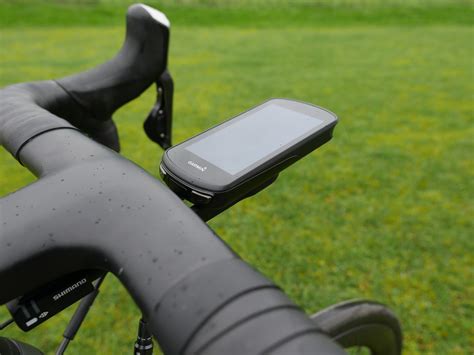
2. Wahoo ELEMNT Bolt
The Wahoo ELEMNT Bolt is a compact and lightweight cycling computer that’s perfect for riders who want a simple and easy-to-use device. It has a small, monochrome display, but it’s still easy to read in all conditions. The ELEMNT Bolt also has built-in navigation features, and it’s compatible with a wide range of sensors.
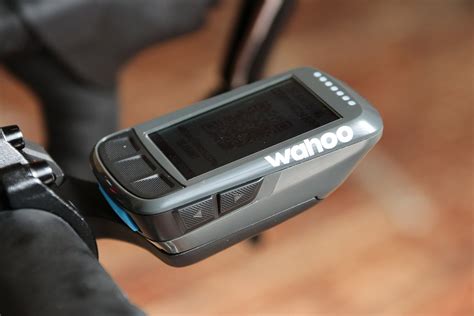
3. Lezyne Mega XL GPS
The Lezyne Mega XL GPS is a full-featured cycling computer that’s perfect for riders who want a lot of data at their fingertips. It has a large, color display, and it’s compatible with a wide range of sensors. The Mega XL GPS also has built-in navigation features, and it can even be used to control smart trainers.
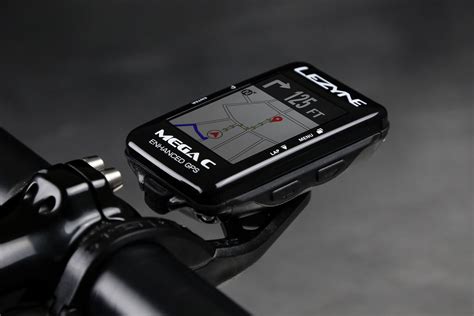
4. Cateye Padrone Smart
The Cateye Padrone Smart is a mid-range cycling computer that offers a good balance of features and price. It has a large, color display, and it’s compatible with a wide range of sensors. The Padrone Smart also has built-in navigation features, and it can be used to control smart trainers.
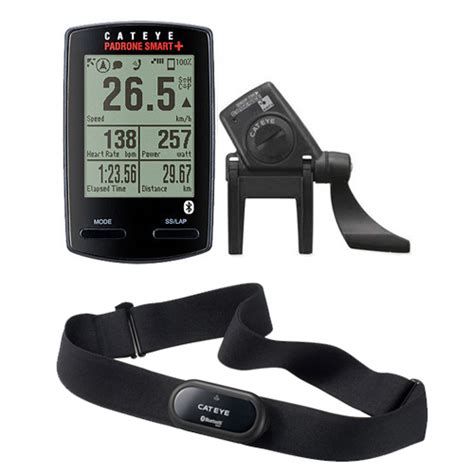
5. Bryton Rider 420
The Bryton Rider 420 is a budget-friendly cycling computer that’s perfect for riders who want a basic device. It has a small, monochrome display, but it’s still easy to read in all conditions. The Rider 420 also has built-in navigation features, and it’s compatible with a wide range of sensors.
